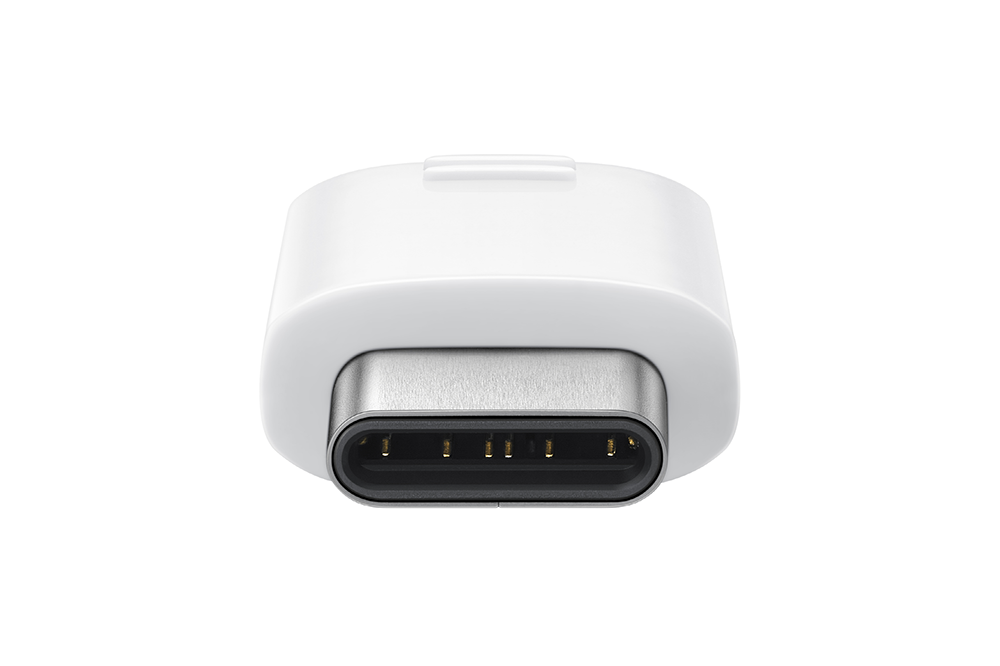Many people may not remember but the old MicroUSB port that was ubiquitous on almost all smart devices a few years ago didn’t happen by accident, the EU was largely responsible for making it happen. Very long story short the EU Parliament passed a Directive mandating that a single “common charger” be implemented across the EU, MicroUSB was the chosen connector using standard USB Power Delivery, and hey presto we had a standard in EU which OEMS just followed everywhere else.
This was a huge benefit to the industry and consumers alike — with standardisation you get a reduction in cost and a interoperability between devices and accessories. Enter the 2020 EU parliament and they’re going to try and do it all over again this time with USB-C as the likely standard. Before you get too excited about a single connector for all devices including iPhones let’s take a little history lesson.
Firstly even with the original directive Apple managed to wiggle there way out of it by providing, you guessed it, a dongle. The dongle would take a MicroUSB output and change it into Apples proprietary connector. So there is no guarantee that the will actually affect the connector on the bottom of all devices, and really, who’s carrying around dongles.
Secondly even if Apple did swap over to USB-C ports on all of their devices, as they have done on the iPad line, the USB specifications have been changed to include an “authentication program“. In short this gives OEMs permission to insert an encrypted authentication chip into accessories and device that could restrict the interoperability. Eg Apple can keep their Made for iPhone program, charge vendors to make “Apple” USB-C accessories and there would still be zero interoperability between devices.
However there may be an advantage at the other end of the market. Many cheaper devices are still shipping with MicroUSB connectors and accessories. If those lower cost devices have to move over then the rest of the ecosystem becomes more interoperable, and Apple can sit behind their garden walls like usual. It should also lower the cost of basic USB power components meaning that charging ports on lower end accessories and USB gadgets may also make the transition to USB-C.
However it works out the EU still needs to Vote on the new directive, but overall I’d call the 2014 regulation a success so I for one hope it passes. The EU may just make things better for everyone.




